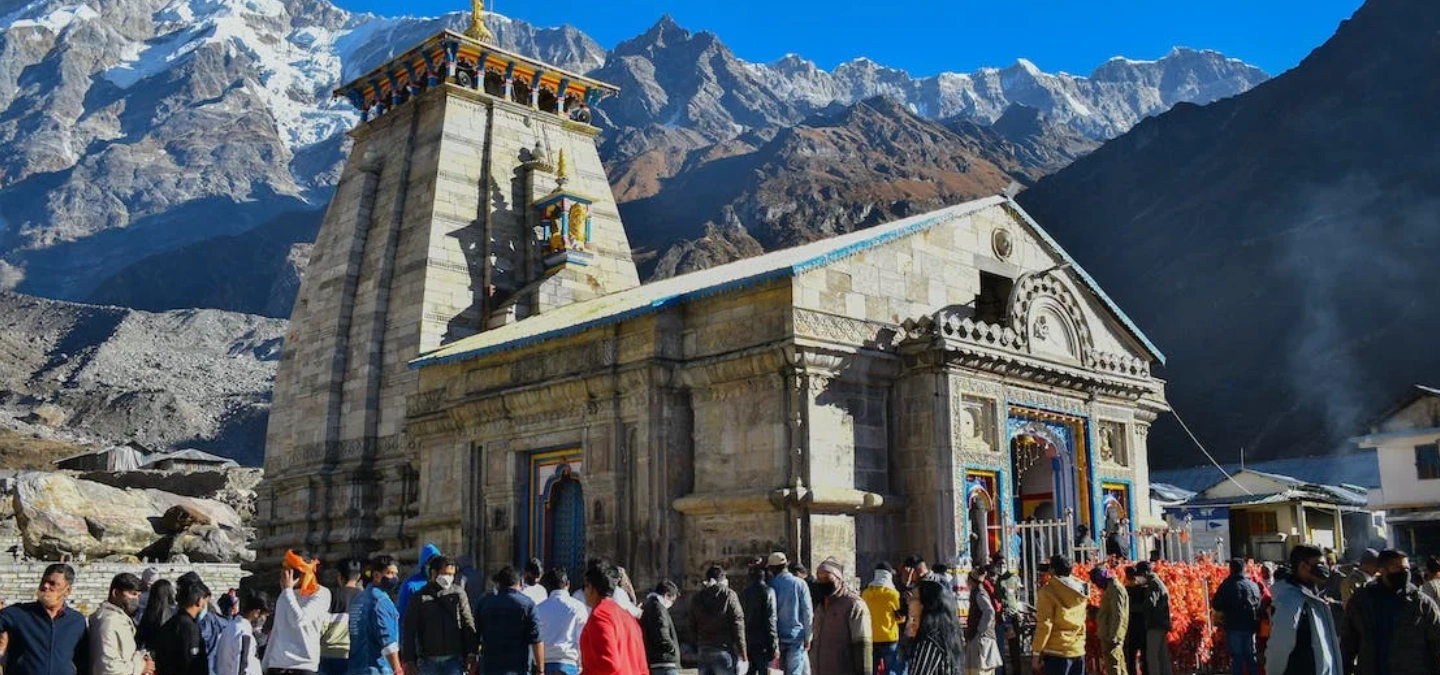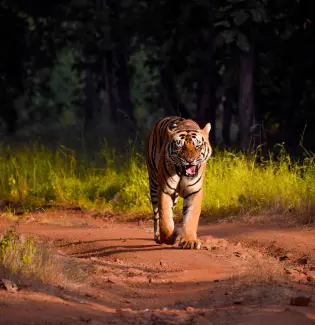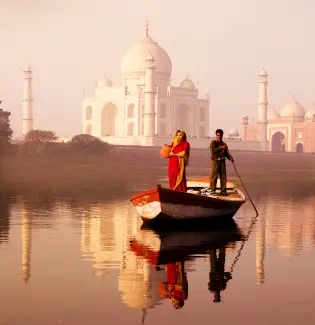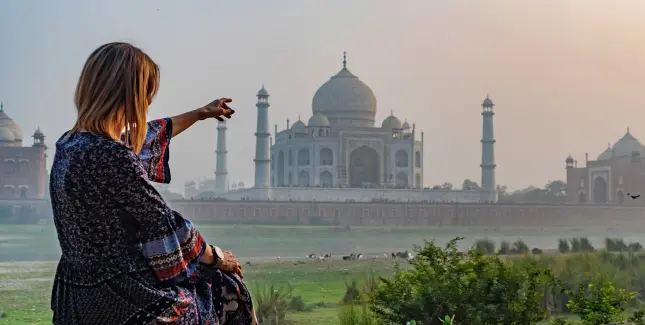Day By Day Itinerary
-
DAY 1
Delhi - Haridwar - Rishikesh (230 Kms)
On Arrival at Delhi railway station, airport will drive to Haridwar. Lunch on the way, check in hotel after reaching Haridwar. The first destination of your 8 days Do Dham Yatra tour package ex- Delhi came. Evening reserved for Ganga Aarti at Har ki Pauri. After dinner, night spent at hotel.

-
DAY 2
Rishikesh - Guptkashi (190 Km)
Proceed sightseeing of Rishikesh in morning will leave for Guptkashi later. Visit Devprayag on the way, check in hotel on reaching Guptkashi. Night Spent at hotel after dinner.

-
DAY 3
Guptkashi-Kedarnath
After breakfast we drive to Gaurikund, a place associated with many myths and beliefs. Gauri, another name for Shiva’s wife, is believed to have lived in this very place during the years she committed herself to penance.
We then trek 14km to Kedarnath after which we check in to our hotel. We attend the evening puja at the temple.
-
DAY 4
Kedarnath-Guptkashi
After breakfast, we make our way back to Gaurikund and then Guptkashi, one of the most sacred Hindu pilgrimage places.

-
DAY 5
Guptkashi-Badrinath
After breakfast, we drive to Badrinath, stopping on the way at Chopta, a medical forest. In the evening we attend the aarti at the temple.

-
DAY 6
Badrinath-Srinagar
After taking bath in Tapt Kund early in the morning Visit the holy shrine of Vishal Badri. Later drive back to Srinagar, night spent at hotel.

-
DAY 7
Srinagar-Rishikesh
Early morning leave for Rishikesh local sight-seeing (including Ram Jhula, Laxman Jhula, Triveni Ghat, Parmarth Niketan, Shivananda Ashram and Gita Kutir) as your 8 days Do Dham Yatra tour package concludes these destinations. Check in and night stay at Rishikesh hotel.

-
DAY 8
Rishikesh-Delhi
After breakfast drive back to Delhi. On arrival, drop at Delhi Railway Station or Airport for further destinations.

How to Book the Do Dham Yatra Tour from Delhi?
Booking the Do Dham Yatra from Delhi is a simple and smooth process if done in advance and through a trusted source. To begin, search for reliable Badri Kedar Dham Yatra packages online that offer complete travel plans including transport, hotel stays, meals, helicopter services (if needed), and temple darshan assistance. Many tour operators provide Badrinath Kedarnath Yatra from Delhi with both budget-friendly and premium options. You can book through official travel websites, spiritual tourism portals, or government-approved travel agencies for added trust.
When choosing your Badri Kedar Yatra by road, check if the itinerary covers all important destinations like Haridwar, Rishikesh, Guptkashi, and Rudraprayag. It is important to compare prices, inclusions, customer reviews, and safety measures offered during the tour. You can also opt for a customizable Badrinath Kedarnath Dham tour from Delhi that fits your dates, group size, and spiritual needs. Booking in advance is highly recommended, especially if you are planning the yatra during peak months like May and June.
Once you finalize your package, make sure to confirm your booking via email or WhatsApp with the tour provider and keep digital copies of payment receipts and your confirmed itinerary. Some tours also offer easy instalment payment options and 24×7 customer support. Do not forget to ask about emergency contacts, cancellation policies, and weather-related rescheduling options.
For those looking to travel with family, elderly people, or in groups, it is best to book Do Dham Yatra tour packages with helicopter service for Kedarnath darshan to avoid long treks. Always carry your ID proofs and medical certificates if required. With the right planning, your Badrinath Kedarnath Yatra from Delhi can be a peaceful, well-managed, and memorable spiritual experience.
If you are looking for a custom tour, please submit the contact form on the website. Our team will contact you as soon as possible.







